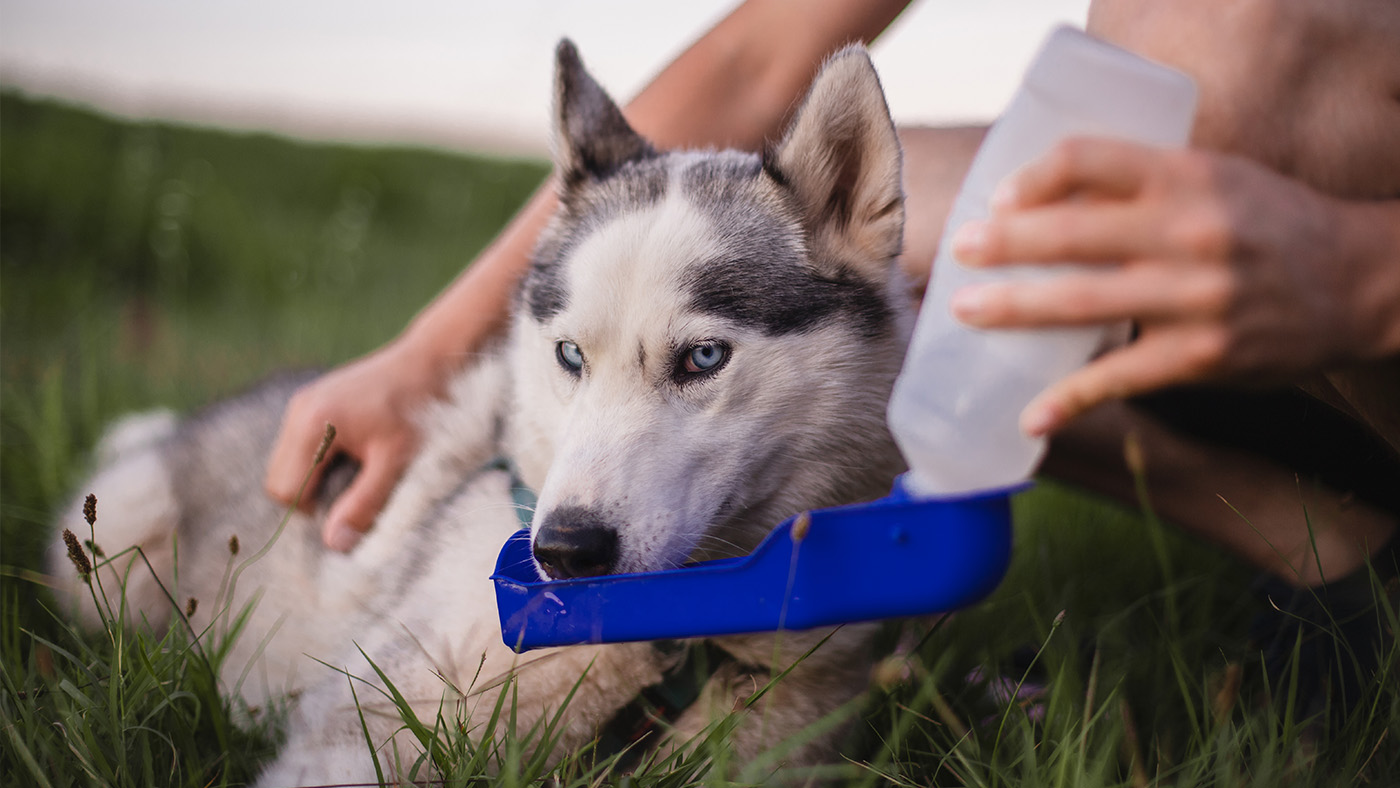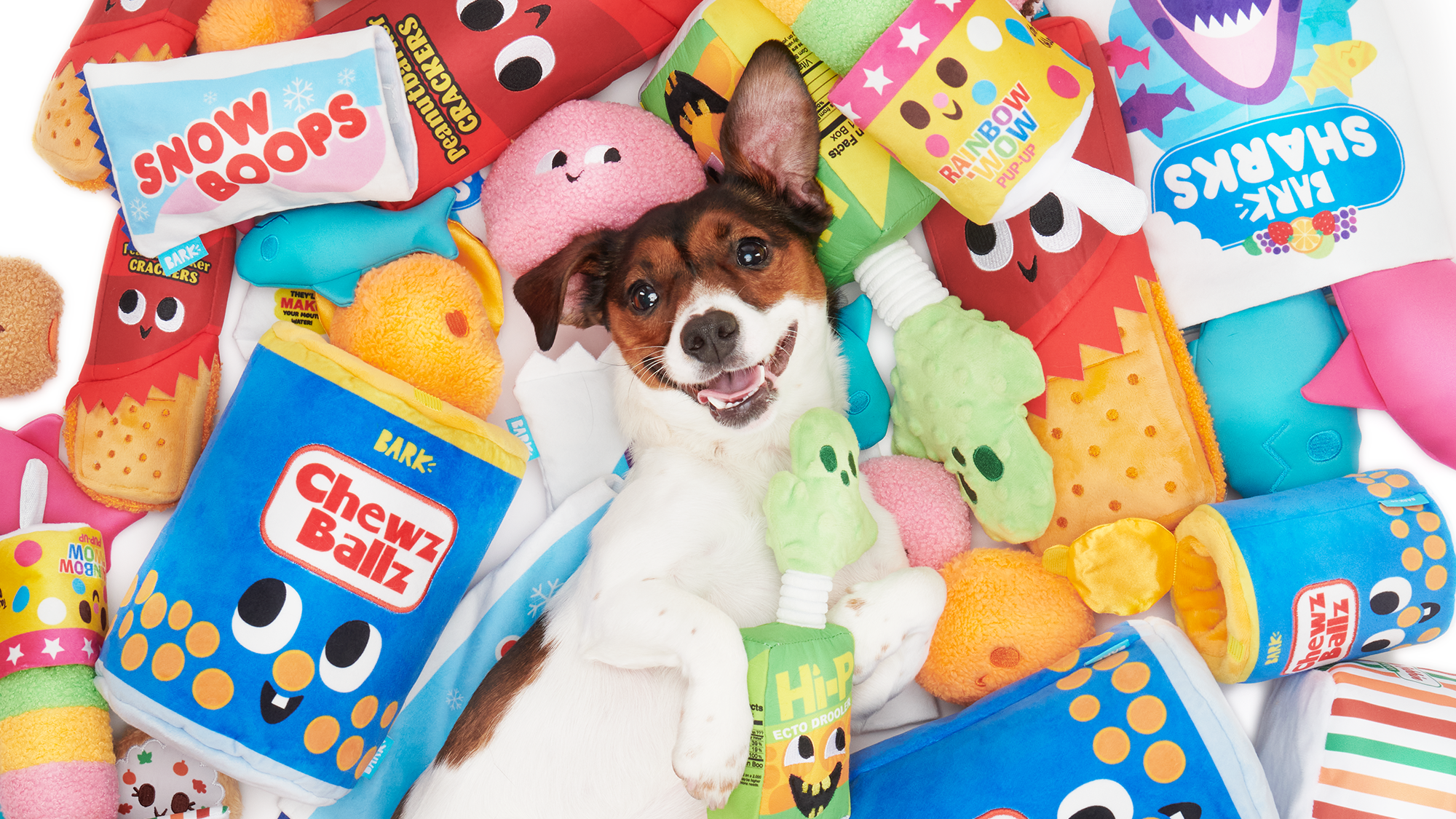Vet shares 6 ‘lifesaving’ ways to prevent dehydration that all pet owners should know
Don’t wait until it’s too late

For many of us, it’s been seriously warm lately. You might have had fun playing with your pets in the yard or making sure they’re cozy yet cool indoors, but have you been keeping an eye out for signs of dehydration?
Even if you have one of the best pet water fountains or keep their bowls topped up with fresh water regularly, dehydration is still possible—and it can sometimes even be fatal. So, it’s important to know the signs. And that’s why Dr Aimee Warner, resident veterinarian at Waggel, has explained everything we need to know to prevent dehydration in our pets.
How to prevent dehydration in pets
1. Encourage hydration
Don’t wait for your pet to feel thirsty. By the time they seek out water, they could already be experiencing dehydration.
Dr Warner advises placing multiple water bowls around the home and yard to encourage them to drink regularly and regularly offering your dog water during walks. Because cats often prefer running water, fountains can be a great option for them, too.
2. Know the subtle signs of dehydration
“Dry gums, lethargy, sunken eyes, and skin that doesn’t bounce back quickly when pinched can all signal dehydration,” says Dr Warner.
She also highlights a lack of grooming and changes in energy and appetite as signs of dehydration in cats, who naturally hide signs of discomfort. In dogs, look for excessive panting, excessive drooling, and disorientation.
3. Incorporate hydration into their food
Wet food provides moisture. You could offer pet-safe frozen items – ice cubes, pet-friendly fruits, and frozen broth cubes – or mix a splash of water into your dog’s food.
Get the best advice, tips and top tech for your beloved Pets
In some cases, pets may benefit from rehydration solutions (like this one from Amazon).
4. Adjust routines when warm
If you have indoor pets, ensure that you can offer them cool, shaded spaces and good ventilation, while it’s best to walk dogs when it’s cooler. Asphalt and pavements can burn their paws, and too much exertion when it’s hot can cause heatstroke and dehydration in dogs.
You can also offer the best pet cooling mats to keep your pets comfortable.
5. Don’t leave pets in cars or enclosed spaces
It should go without saying, but pets are still dying in hot cars. Even if you leave the window open slightly, the risk simply isn’t worth it.
6. Practice hydration throughout the year
“While heat is a major trigger, dehydration can also occur indoors during winter or after vigorous play,” says Dr Warner. “Make hydration part of your daily care routine.”
Drr Warner summarizes: “Hydration is one of the most fundamental aspects of pet health. Whether you have a dog bounding through the park or a cat curled up in a sunbeam, hydration is one of the simplest and most effective ways to safeguard their health. It’s easy to overlook—but it’s never worth the risk,” adding: “Prevention isn’t just important, it’s lifesaving.”
Read next: How long can cats go without water? And how much water should my dog drink?

Adam is a freelance journalist specialising in pets, music and culture, and mental health and wellbeing. He investigates and writes the large majority of news on PetsRadar, and collaborates with veterinary experts to produce informative pet care content.
Adam has a journalism degree from Southampton Solent University and a masters degree in Magazine Journalism from Cardiff University. He was previously senior editor at dog advice website DogTime.com, and has also written for The Independent, GoodToKnow and Healthline.
He owns two rescue cats, Bunny and Dougie, and has also previously had a rabbit, fish and Roborovski dwarf hamsters.
